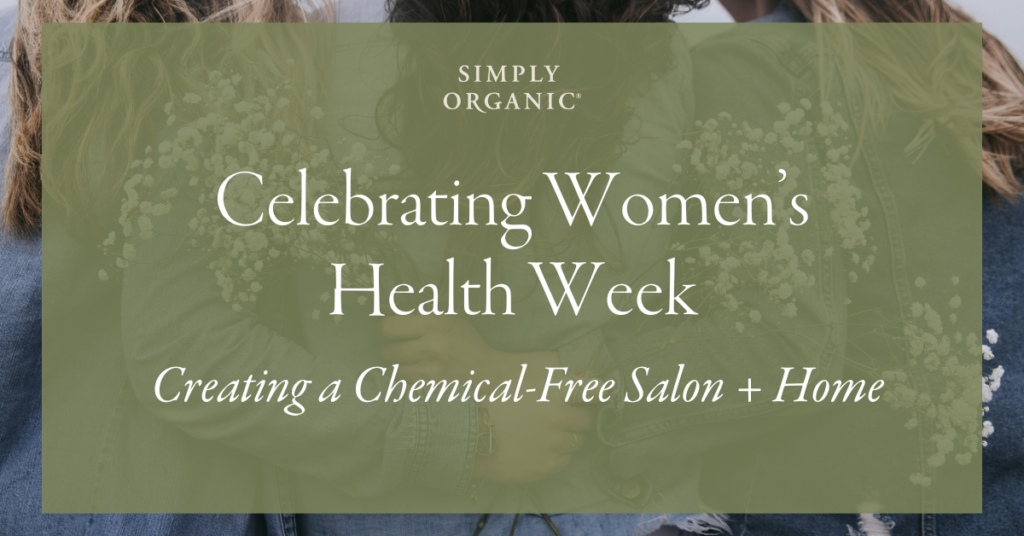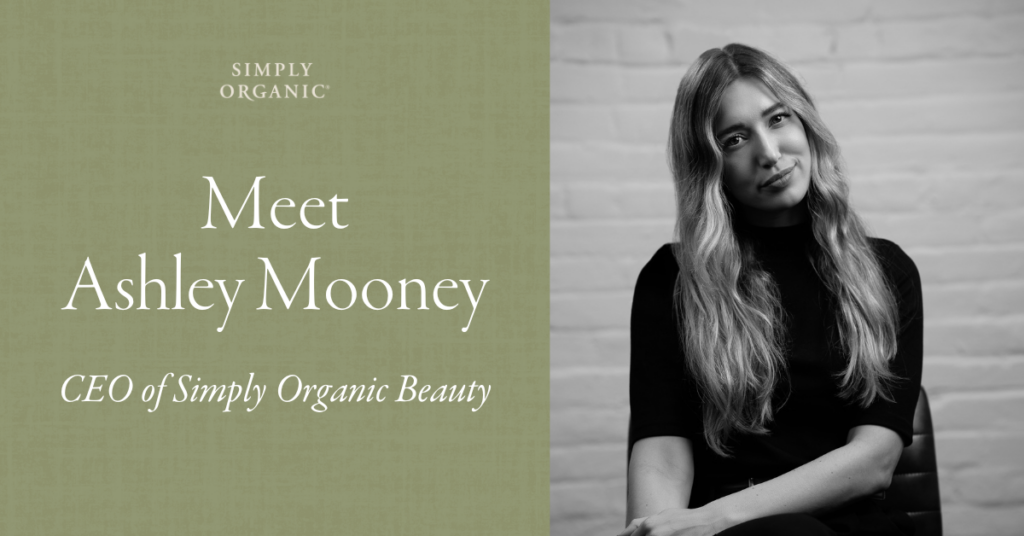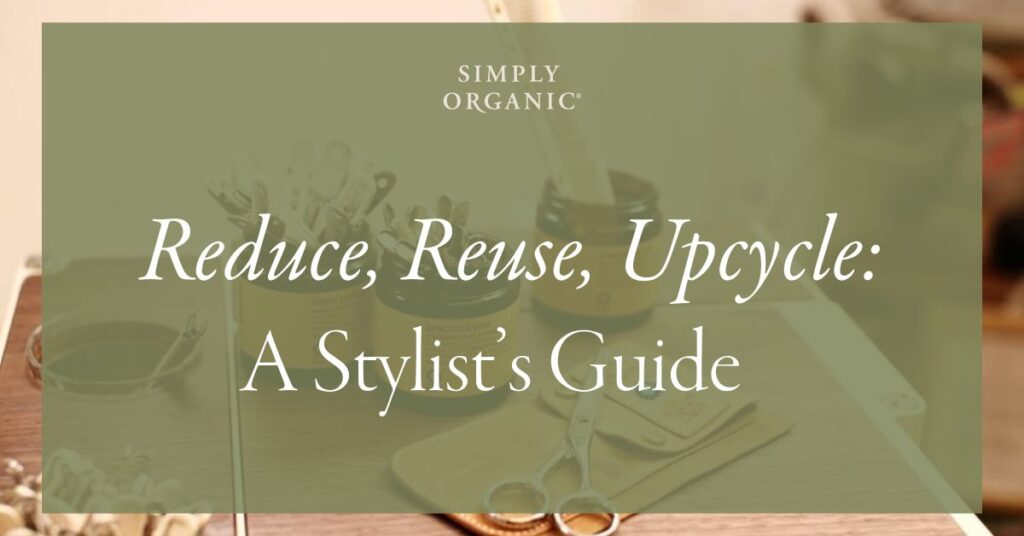
Thank you for reading this post, don't forget to subscribe!
What is the best professional ammonia-free hair color brand for your salon?
In 2015, Organic Way (Oway)’s Hcolor line was voted best ammonia-free hair color line by Beauty Launchpad.
Before we jump to any conclusions, one should know the differences among the salon industry’s top professional color lines – not all ammonia-free hair color is created equal.
First, let’s quickly remind ourselves the part ammonia plays in hair color:
What’s ammonia’s role in hair color?
Ammonia’s primary function is to raise the pH of the hair, open the cuticle, and allow for color to enter the cortex. The more ammonia in a color product, the higher the pH of the hair will become.
The average working pH of hair processed with ammoniated hair color is 10-11, while the natural isometric pH of hair is 4.5-5.5!
NOTE: The pH scale is logarithmic, meaning with each rise in pH level, the new level is 10x more alkaline or acidic than the previous level – that’s huge!
This means ammonia-based hair color makes the hair 600x more alkaline than it’s original state. This blasting open of the cuticle makes re-closing the hair nearly impossible, resulting in a major loss of protein and moisture, as well as imminent color fading and damage.
What ingredient is used to replace ammonia in hair color?
Depending on the brand, you can find any number of these ingredients used instead of ammonia.
– Monoethanolamine (MEA)
– Ethanolamine
– Cocomide MEA
– Aminomethylpropanol (AMEA)
Aim for color lines that minimize the use of Ethanolamine and MEA, not ones that just simply swap ammonia for and odor-free alternative.
What is the source of Ethanolamine and MEA?
Most ammonia-free hair color lines use a synthetic source of Ethanolamine – produced by the reaction of ethylene oxide with ammonia.
However, there’s a natural source of Ethanolamine derived from the fatty acids in coconut, called Cocomide MEA. The natural emollients present in this form of MEA makes this option much more desirable in hair color.

Why don’t all hair color companies use Cocomide MEA?
The answer is simple: the extraction method is more costly than cooking up some synthetic MEA in a lab.
Alas. there’s another problem with using Ethanolamine and MEA in higher than necessary percentages… the removal process.
How do you remove Ethanolamine from the hair?
It has been postulated that this ingredient is hard to remove from hair.
Companies still standing by ammoniated hair color have used this aspect of MEA as a way to denounce its effectiveness, but have failed to realize one enormous detail.
The best ammonia-free hair color lines have added Oleic acid (derived from olive oil) to safely remove any product left on the hair.
However, some ammonia-free color lines haven’t caught on to this little trick – make sure to use brands that have!
Why is using an oil-based delivery system vital to ammonia-free hair color?
We’ve covered the primary role of ammonia, and it’s more desirable alternatives, but don’t forget – ammonia also has a secondary function.
When mixed with peroxide, ammonia neutralizes the existing color pigment, allowing color to further penetrate the cuticle.
Ethanolamine and MEA aren’t capable of doing this effectively.
When deciding which is the best professional ammonia free color line for your salon and stylists, be sure to dig deeper into these type of ingredients!




